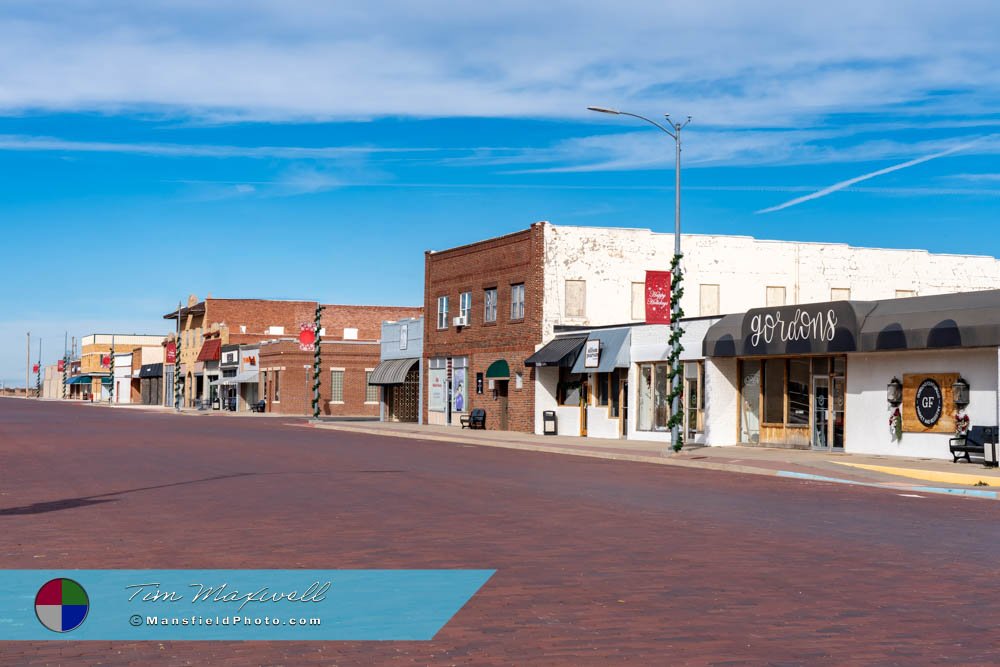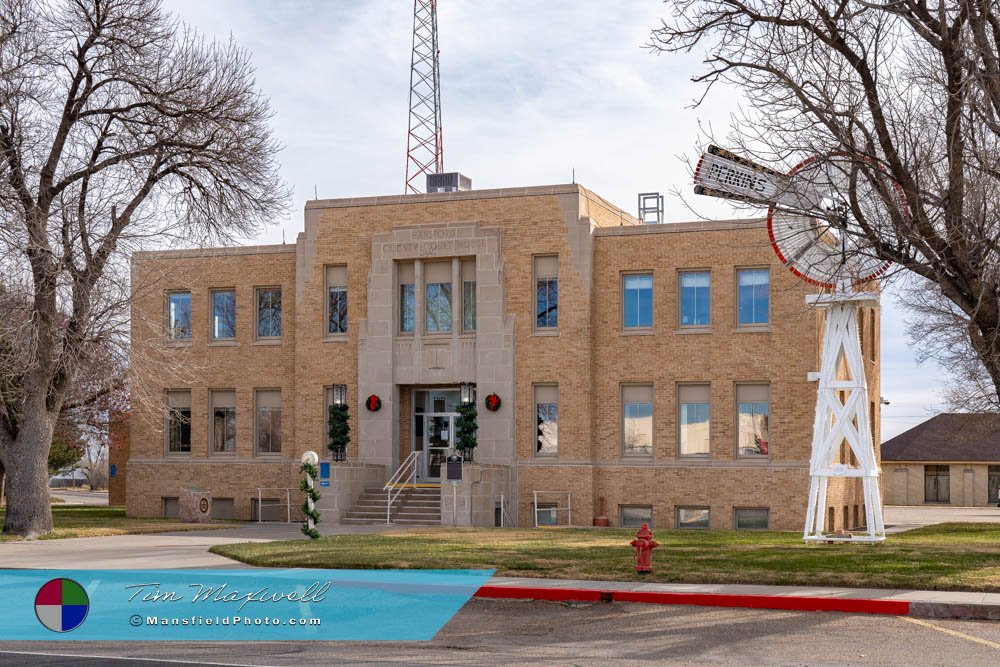Mansfield Photography
Spearman, Texas
– The Story of a Unique Texas Town.
Spearman, Texas, inn the heart of the Texas Panhandle, is a town that emerged in 1917, a time when the railroads shaped the future of countless communities. This town, located in Hansford County, took its name from Thomas Spearman, a key figure in the development of the North Texas and Santa Fe Railway. The railway’s expansion brought promise to the region, transforming the area from open plains to a bustling hub of activity.
The establishment of the town coincided with a surge in homesteading, as settlers were drawn by the prospects of fertile farmland and the convenience of the railway. Early residents worked tirelessly to build a community, erecting homes, businesses, and schools to meet the needs of the growing population. By the early 1920s, the town had firmly established itself as a cornerstone of life in Hansford County.
A Historical Snapshot
The early 20th century was a period of rapid development for this community. Farmers cultivated wheat and other crops, taking advantage of the region’s rich soil. The arrival of modern machinery and techniques further propelled agricultural success. Meanwhile, local businesses flourished, serving the needs of residents and travelers alike.
One of the most significant milestones in the town’s history was the construction of the Hansford County Courthouse in 1931. Designed in the Classical Revival style, this striking building became a symbol of the area’s stability and ambition. Today, it remains a focal point of the community, embodying the spirit of progress and resilience.
Another distinctive feature of the downtown area is its brick-paved streets. These streets, laid down during the town’s formative years, have withstood the test of time, offering a glimpse into the past. Walking along these charming thoroughfares, one can imagine the hustle and bustle of an earlier era, when Model Ts and horse-drawn wagons were common sights.
Points of Interest and Notable Facts
The town has seen its share of unique events and developments over the decades. During the Dust Bowl of the 1930s, residents faced immense challenges as severe droughts swept across the Great Plains. Despite these hardships, the community endured, supported by its strong agricultural roots and the enduring sense of camaraderie among its people.
In the years that followed, the town became known for its connection to the oil and gas industry, which brought new opportunities and economic growth. However, it has always retained its agricultural identity, with wheat fields and grain elevators continuing to define the landscape.
The area is also known for its vast open skies and steady winds, making it a prime location for renewable energy projects. In recent years, wind farms have become a prominent feature of the region, blending modern innovation with the enduring spirit of the plains.
The Present-Day Community
Today, this Panhandle town is a blend of tradition and progress. Its downtown area, with its beautifully preserved brick streets and historic courthouse, serves as a reminder of the community’s roots. Local shops and eateries offer a welcoming atmosphere, reflecting the hospitality that the town is known for.
Education remains a priority, with local schools fostering the next generation of residents. Community events and festivals bring people together, celebrating the unique culture and history of the area. Agriculture continues to be a cornerstone of the economy, supported by advancements in technology and sustainable practices.
The town’s connection to renewable energy has also positioned it as a leader in the Panhandle, showcasing the ability to adapt while honoring its past. Visitors often remark on the beauty of the surrounding landscape, where the plains meet the horizon in a breathtaking display of nature’s grandeur.
A Legacy of Resilience
From its early days as a railway town to its modern role as a hub of agriculture and energy, Spearman exemplifies the enduring spirit of the Texas Panhandle. Its historic courthouse, charming downtown streets, and vibrant local culture make it a place worth exploring—a town that continues to thrive while cherishing its unique story.
📸 Interested in More Photos of This Town?







